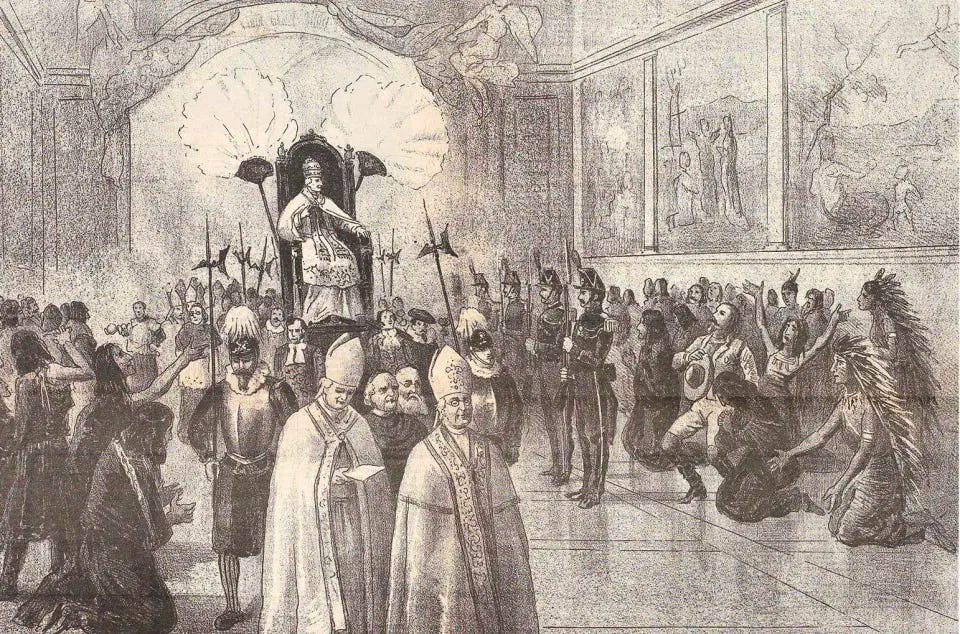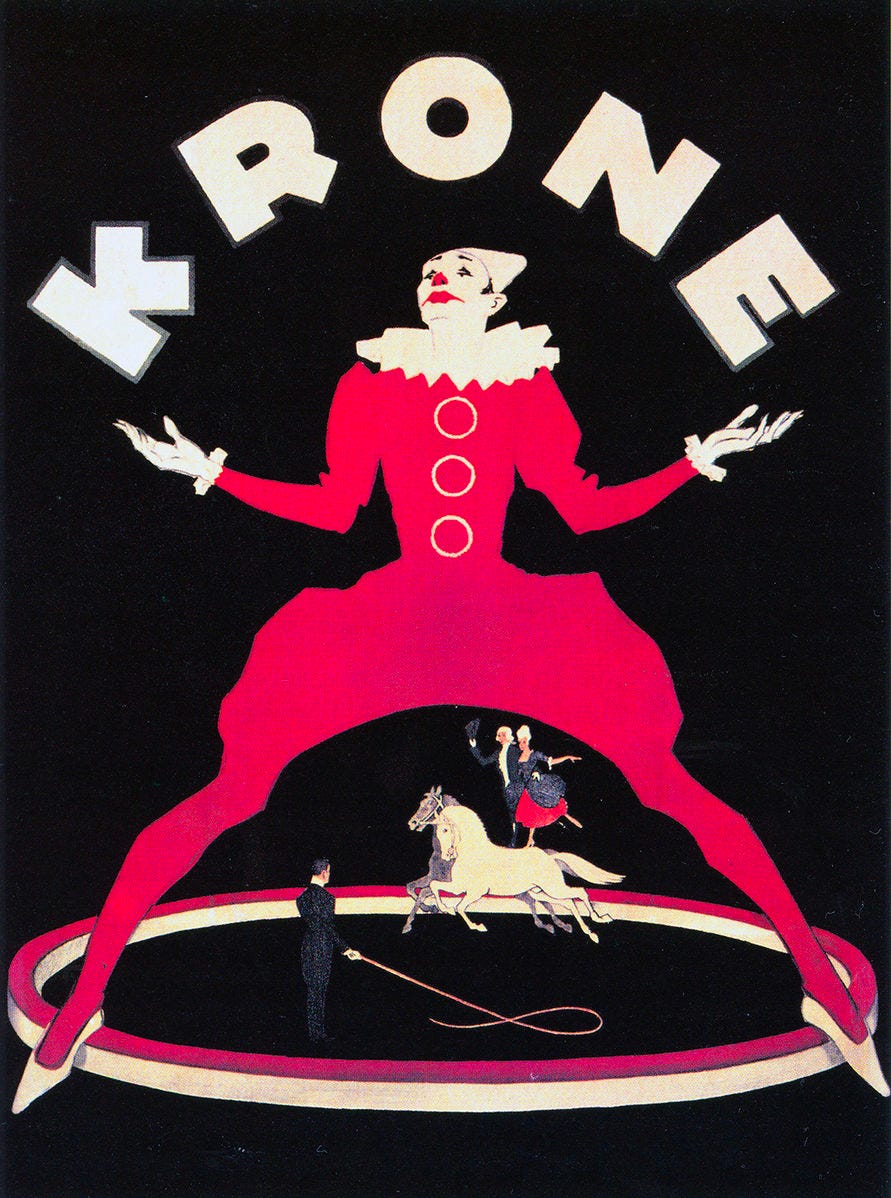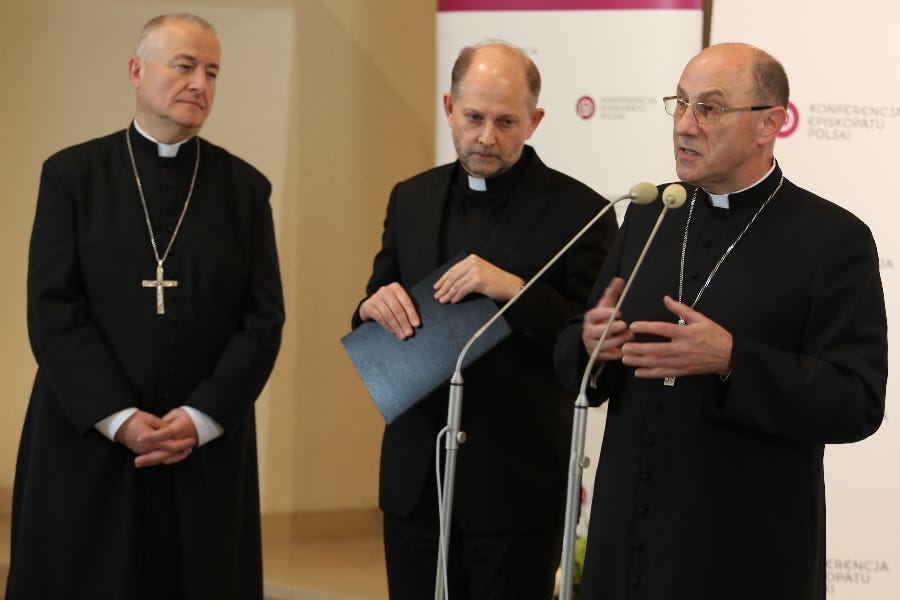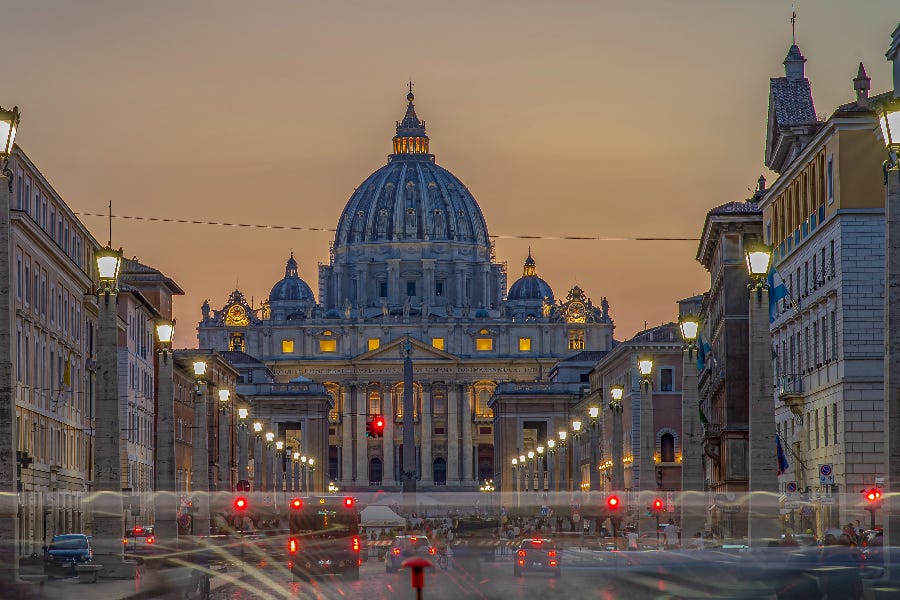Pope Francis drew the attention of video gamers last week, after the Italian Rony Roller circus troupe performed at a Wednesday papal audience in Paul VI Hall.
Gamers took note of the performance because acrobats and jugglers performed to “Megolovania,” a track from the popular video game Undertale.
But even those without a video game interest have noted that circus performers seem to be a somewhat regular fixture at the Vatican. In an annual custom, Pope Francis has welcomed a circus act during Advent or Christmas nearly every year of his papacy.
In 2019, the pontiff got in on the act, spinning a ball on his finger as a Cuban circus troupe performed around him.
Why does this happen? Well, believe it or not, the Vatican sees welcoming circus troupes as part of a ministry. And the custom goes back further than you’d think.
‘The gifts of joy and festivity’
In 1970, Pope St. Paul VI established a new Vatican office, the Pontifical Commission on the Spiritual Care of Migrants and Itinerants.
Overseen by the Congregation for Bishops, the office was charged with overseeing and encouraging the Church’s pastoral ministry to refugees, nomads, sailors and pilots, and to exiles. Perhaps surprisingly, the pope’s mandate creating the office also specifically mentioned traveling circus people.
Pope St. John Paul II reestablished the commission in 1988 as the Pontifical Council Pastoral Care of Migrants and Itinerant People, elevating its status in the complicated Vatican hierarchy by erecting the office as a pontifical council.
Like Paul VI, John Paul included circus travelers in the council’s mandate.
Among its projects was to host several conferences for priests and religious who traveled with circus families, especially in Europe.
While the modern form of circus began to develop in the 18th century, touring circus troupes became especially prominent in Europe during the late 1800s and early 1900s. The circus trade became a generational one; children traveled with their performing parents, and gradually learned the act, which they eventually took over.
Many traveling circus troupes in Europe were founded by the nomadic Romani people, often called Gypsies, who have faced ethnic discrimination in Europe for centuries. Even as families from other nationalities joined the act, circus folk have historically faced discrimination and prejudice, living on the edges of European society, and rarely putting down roots.
As traveling circuses in the United States and other parts of the world also became popular, circus troupes faced some of the same discrimination — you might think of the derisive American cultural stereotypes surrounding “carnies” as continuity with those historic stereotypes.
Paul VI included pastoral care for traveling performers in the mandate of the Vatican’s migrant office, in order to address some of those issues, and to encourage sacramental and catechetical ministry to Catholic circus performers — a mandate John Paul II continued to emphasize.
In 2004, John Paul II told circus performers that “your profession…can be a privileged opportunity to proclaim authentic human values in the world's squares. In an age in which nothing seems to count but the frenzy of production and the accumulation of wealth, the gifts of joy and festivity are a real witness to those non-material values essential to a life of brotherhood and gratuitousness.”
Vatican visits
At the same time that Pope John Paul II formalized a Vatican ministry to circus performers, the pope regularly invited small circus troupes to perform during Wednesday papal audiences.
The tradition was continued both by Pope Benedict XVI and Pope Francis.
But John Paul II was not the first pope to welcome circus performers at the Vatican.
In 1959, Pope John XXIII welcomed the Orfei-Venturi Circus to a papal audience, at which the pope famously greeted a lion cub. The pope also saw the performers, who were accompanied by Italy’s circus chaplain, perform a “pigeon act,” the NY Times reported at the time.
Pius XII invited Munich’s Krone Circus to a papal audience in 1954; the pope had seen the circus perform while he was Germany’s apostolic nuncio from 1920 to 1930.
Long before that, in March 1890, Pope Leo XIII met with an American performance troupe, the Buffalo Bill Wild West Show, in the Sala Regia, a state hall in the Apostolic Palace. That meeting was arranged by Msgr. William O’Connell, then rector of the Pontifical North American college, who later became the cardinal archbishop of Boston.

Buffalo Bill Cody, a Wild West showman, was not Catholic at the time of his papal audience. But many of the Native Americans in his performance troupe were, and according to press accounts at the time, they brought rosaries and other sacred objects to be blessed by the pope.
Cody was baptized a Catholic the day before he died in January 1917, almost three decades after his visit with Pope Leo XIII.
Closer to home
The USCCB estimates that about 40% of American circus and carnival travelers are Catholic - hailing from Europe, Asia, Africa, and Latin America. The conference says there is “a very small group of clergy and religious who regularly minister to show people,” and that the “increase of pastoral awareness of the Circus and Traveling Show Apostolate is a serious concern of the Catholic Church in the United States.”
For more than two decades, Fr. Jerry Hogan was the United States’ National Circus Chaplain — spending most of his time on the road offering Masses for circus performers and carnival workers.
Hogan died in May 2021, at 75. His funeral, celebrated by auxiliary Boston Bishop Robert Reed, was not a “clown Mass.” But clowns, jugglers, acrobats, and showmen have mourned his passing.
The current National Circus Chaplain is Fr. Frank Cancro, a Charlotte priest who performed as a circus clown before he was ordained. Cancro has traveled with circuses since 2010.
Of course, not every priest is called to leave the rectory and hit the road with the big top. But the USCCB encourages pastors to make a visit, and offer Mass, whenever the circus comes to town.
Editor’s note: This explainer initially misspelled “Megolovania.” The Pillar apologizes profusely to the gaming community for our egregious error.





